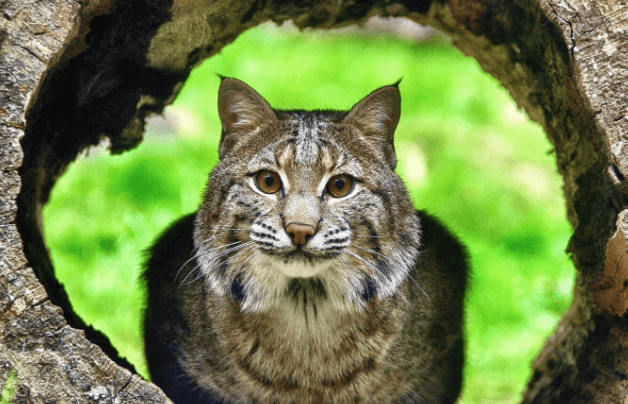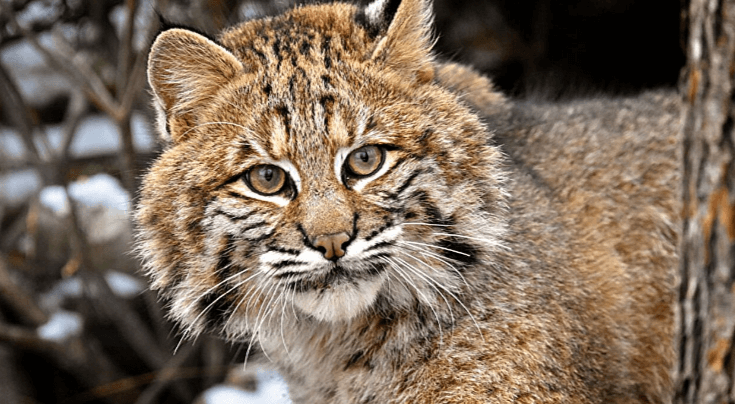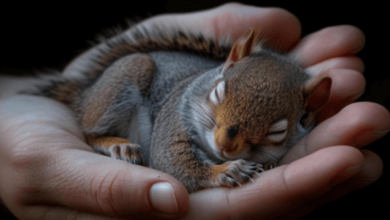Cute:7xohkiofew8= Bobcats

Cute:7xohkiofew8= Bobcats distinguished by their tufted ears and short tails, present a striking example of adaptability and charm within North America’s wildlife. Their unique fur patterns not only serve as camouflage but also highlight their visual appeal. As solitary hunters, they exhibit remarkable stealth and awareness, allowing them to thrive in various environments, from dense forests to suburban landscapes. This adaptability raises intriguing questions about their behavioral traits and ecological significance. What factors contribute to their survival in such diverse habitats, and how do these characteristics shape their interactions with both prey and human populations?
Unique Physical Traits
Bobcats possess distinct physical traits, including tufted ears, a short tail, and a robust build, which enable them to adapt effectively to diverse habitats.
Their fur patterns, characterized by spots and stripes, provide effective camouflage in various environments.
The pronounced ear tufts serve both aesthetic and functional purposes, enhancing their auditory capabilities and contributing to their unique visual identity in the wild.
Behavioral Characteristics
The behavioral characteristics of bobcats are intricately linked to their physical adaptations, influencing their hunting strategies, social interactions, and territorial behaviors.
These solitary predators utilize stealth and agility in their hunting strategies, often stalking prey with acute awareness.
Their social interactions are minimal, primarily consisting of vocalizations and scent markings to establish territory and communicate with potential mates, reflecting a complex yet efficient survival strategy.
Read Also Cute:3izb-Mgpdxo= Pastel:Wxkdg5m71bu= Art

Habitat and Distribution
Frequently found in diverse environments, bobcats inhabit a range of ecosystems including forests, mountains, deserts, and suburban areas, demonstrating remarkable adaptability to varying landscapes.
Their habitat preferences indicate a strong inclination towards areas with ample cover and prey availability.
The distribution range of bobcats spans across North America, showcasing their resilience and ability to thrive in both wilderness and human-altered environments.
Conclusion
In conclusion, Cute:7xohkiofew8= Bobcats represent a remarkable fusion of beauty and adaptability within North America’s wilderness.
Their striking fur patterns, reminiscent of dappled sunlight filtering through dense foliage, enhance their stealthy prowess as solitary hunters.
The bobcat’s ability to thrive in varied habitats, from shadowy forests to bustling suburbs, underscores its resilience and versatility.
As enigmatic inhabitants of the natural world, bobcats continue to intrigue observers, embodying the delicate balance between wild elegance and survival in an ever-changing landscape.






